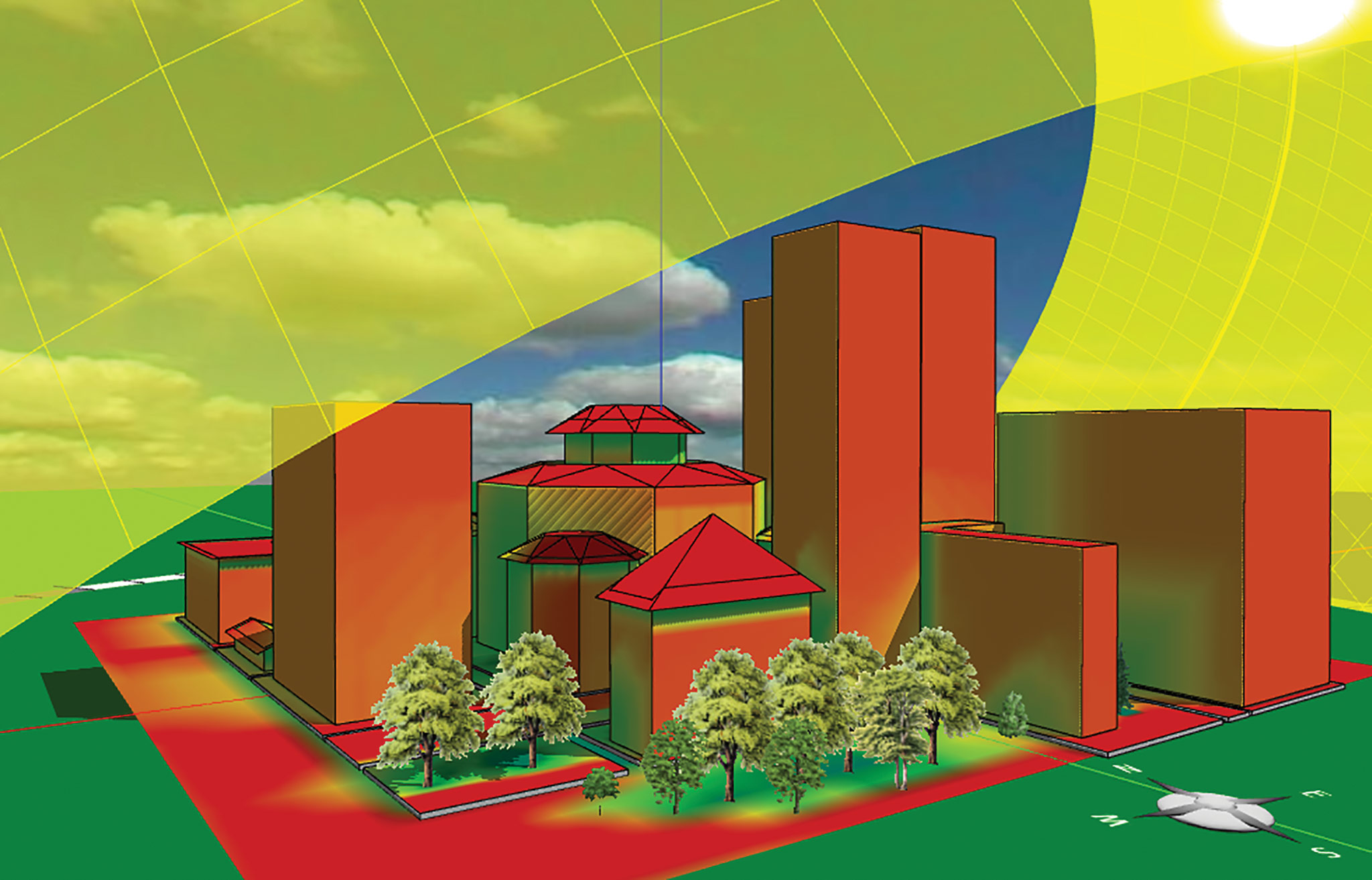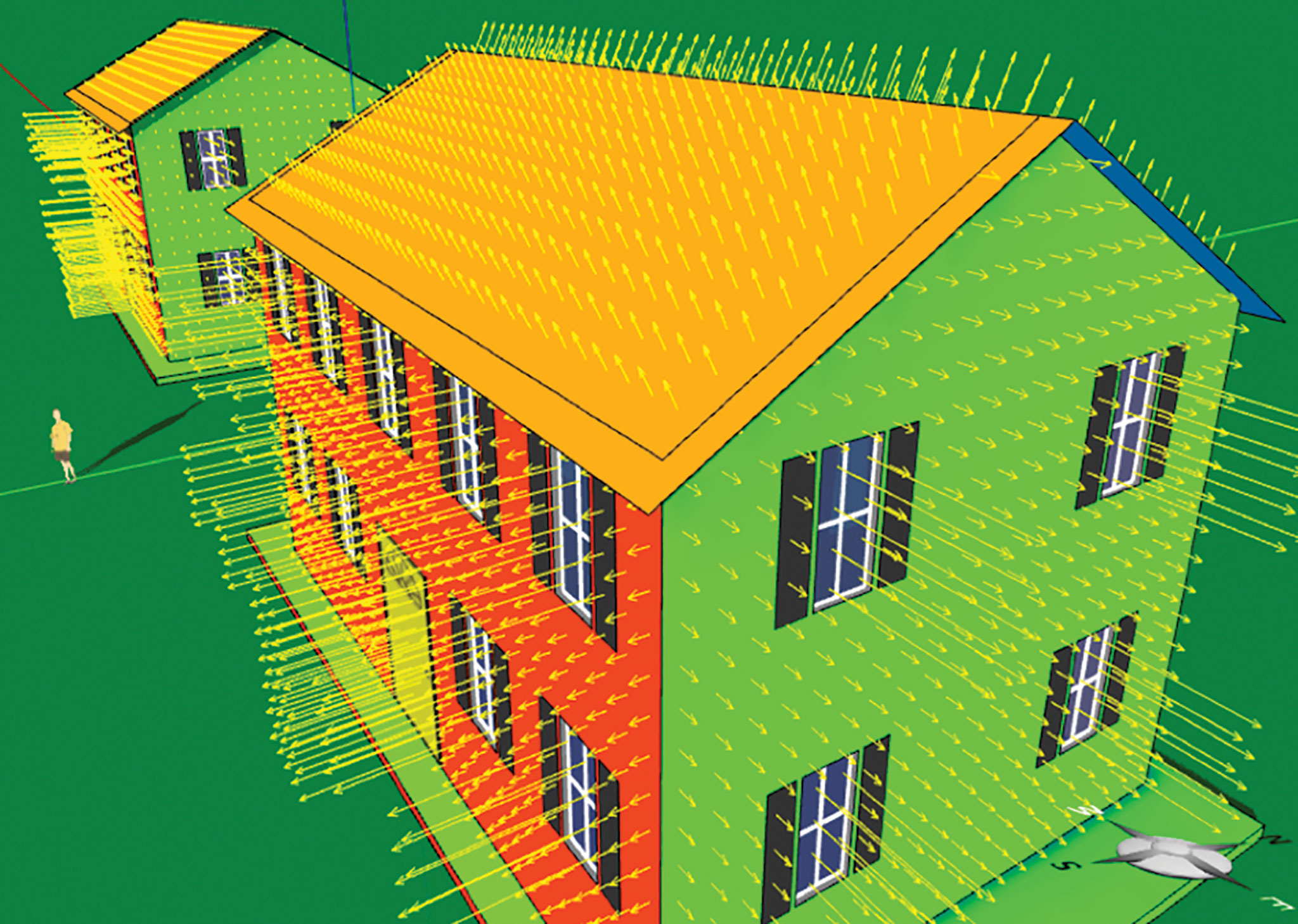Artificial Intelligence Research for Engineering Design, Modeling Plate Tectonics for Learning, Sensing Science through Modeling Matter, and more in Spring @Concord
Preparing Learners for the Future
We live in an interconnected world of accelerating complexity. As populations expand and people, economies, and nations become inextricably intertwined, even seemingly simple problems reveal intricate subtleties. And the issues of our time are far from simple. Preparing for and defending against disease. Assessing global energy needs. Taking a principled stand on major political causes. All are rife with complication. How can we prepare today’s children to live and work productively in a future defined by complexity?
Artificial Intelligence Research for Engineering Design
Imagine a high school classroom in 2030. Students are challenged to design an engineering system that meets the needs of their community. They work with advanced computer-aided design (CAD) software that leverages the power of scientific simulation, mixed reality, and cloud computing. Every cool tool needed to complete an engineering design project is seamlessly integrated into the CAD platform to streamline the learning process.
Monday’s Lesson: Exploring Data with the Ramp Game
The Next Generation Science Standards promote learning science by doing science. Our new InquirySpace II project guides students in independent investigation by providing curricular and pedagogical scaffolds to support the exploration of phenomena. A game we are continuing to develop focuses on a classic physics experiment—rolling a car down a ramp. Students investigate the difference between dependent and independent variables and learn to work with data in our Common Online Data Analysis Platform (CODAP).
Using Technology to Enhance NGSS-Aligned Assessment Tasks for Classroom Formative Use
The Next Generation Science Standards (NGSS) are written as Performance Expectations that integrate the three dimensions of each standard: disciplinary core ideas, crosscutting concepts, and science and engineering practices. To measure student progress toward achieving proficiency in any standard, an assessment task must include all three dimensions.
Modeling Plate Tectonics for Learning
From the seafloor to the tallest mountain range, every landform on Earth has a story to tell that stretches back over geologic time. Earth’s geologic wonders have been shaped over hundreds of millions of years by the movement and interaction of a set of tectonic plates that make up the outer layer of Earth. While scientists can speculate about plate motion, the geodynamics responsible for a wide variety of landforms and events is complex to teach and learn.
Sensing Science through Modeling Matter
Early learners have significant—and highly untapped—potential for understanding abstract concepts and reasoning in sophisticated ways. Research has shown that technology offers powerful support for conceptual science learning in the early grades.
Under the Hood: Weaving Collaboration into Code
While Concord Consortium activities have long encouraged collaboration between students, we’re finding new ways to build student collaboration into our software codebase. One goal of our Common Online Data Analysis Platform (CODAP) is to enable students to work in a dynamic shared CODAP document in which any student’s changes are instantly synchronized to everyone else’s automatically.
Innovator Interview: Saeid Nourian
Meet Concord Consortium senior research scientist, Saeid Nourian. Learn about his early interest in computer science and his vision for Energy3D.
Growing the Data Science Education Field
The data revolution has arrived. From weather forecasts to web browsing, we live in a world defined by data. Data scientists are now among the most in-demand positions across STEM organizations nationwide. Tomorrow’s citizens and STEM workers need to be well prepared to work fluidly with data.





